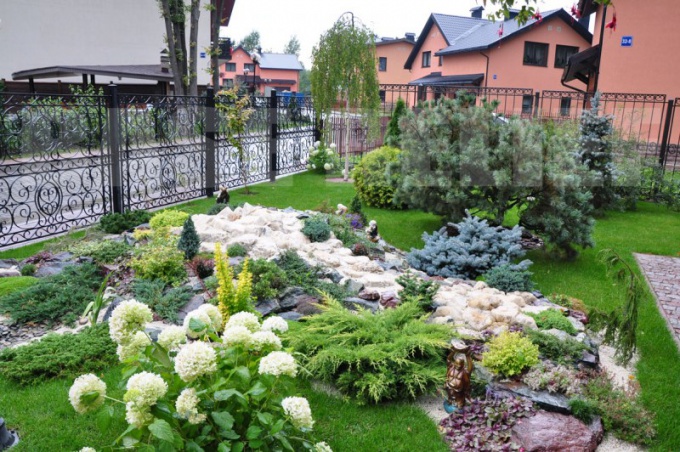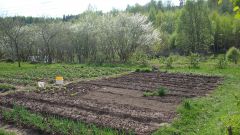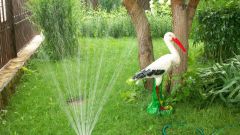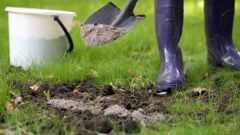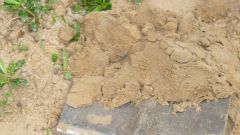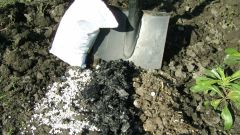Instruction
1
Many ornamental plants prefer acid soil: rhododendron, Gardenia, gorse, violet. Srednekislye soil suitable raspberries, strawberries, gooseberries, potatoes, cabbage. To acidify the soil, populate it with rotted pine needles, or sawdust of coniferous trees and alder as fertilizer.
2
Needles, sawdust and bark can be used as mulch. Fresh sawdust is pulled from the soil nitrogen. If you decide to use them, add under plants nitrogenous fertilizer, so as not to impoverish the land. As mulch also drink weak tea and coffee. Not only do they retain moisture and fertilize the soil, but also protect the plants from slugs.
3
Add to water for irrigation oxalic or citric acid (2 tablespoons per bucket of water) and Apple or wine vinegar (100 g per bucket). You can acidify the water with sulfuric acid or a new unused electrolyte for batteries. You need to keep in mind that the concentration of sulfuric acid included in the composition of the electrolyte depends on its density. Colloidal sulfur can also be used as the oxidant.
4
For household plants in specialized stores sell fertilized soil with the proper mineral composition and the desired pH level. But if you use the common land, which was gained in the country or in the woods, for acidification, you can add a few drops of lemon juice.
5
Good aqueous extract of the peels of lemon. To use at home, weak tea and coffee are not recommended because they can become food for the Drosophila, or fruit flies.
6
To determine the acidity of the soil in different ways. The most reliable household pH meter, different models which are sold in specialized stores.
7
A good indicator of the acidity will be currant or cherry leaves. Pour 3-4 leaf Cup boiling water. When the infusion has cooled, throw a pinch of the earth. If the soil is acidic, the water will turn red if acidic – it will turn blue. Green – the indicator is slightly alkaline or neutral environment.
